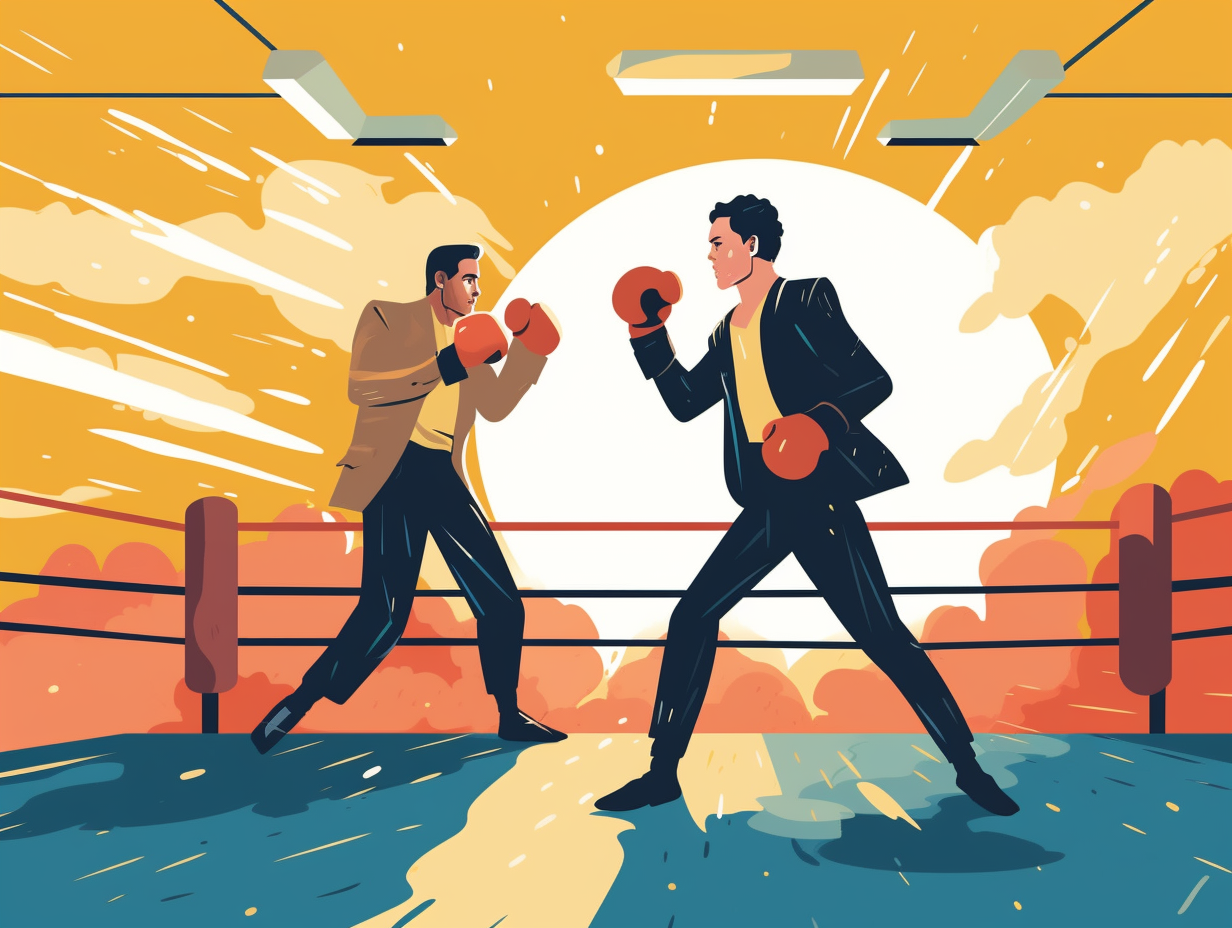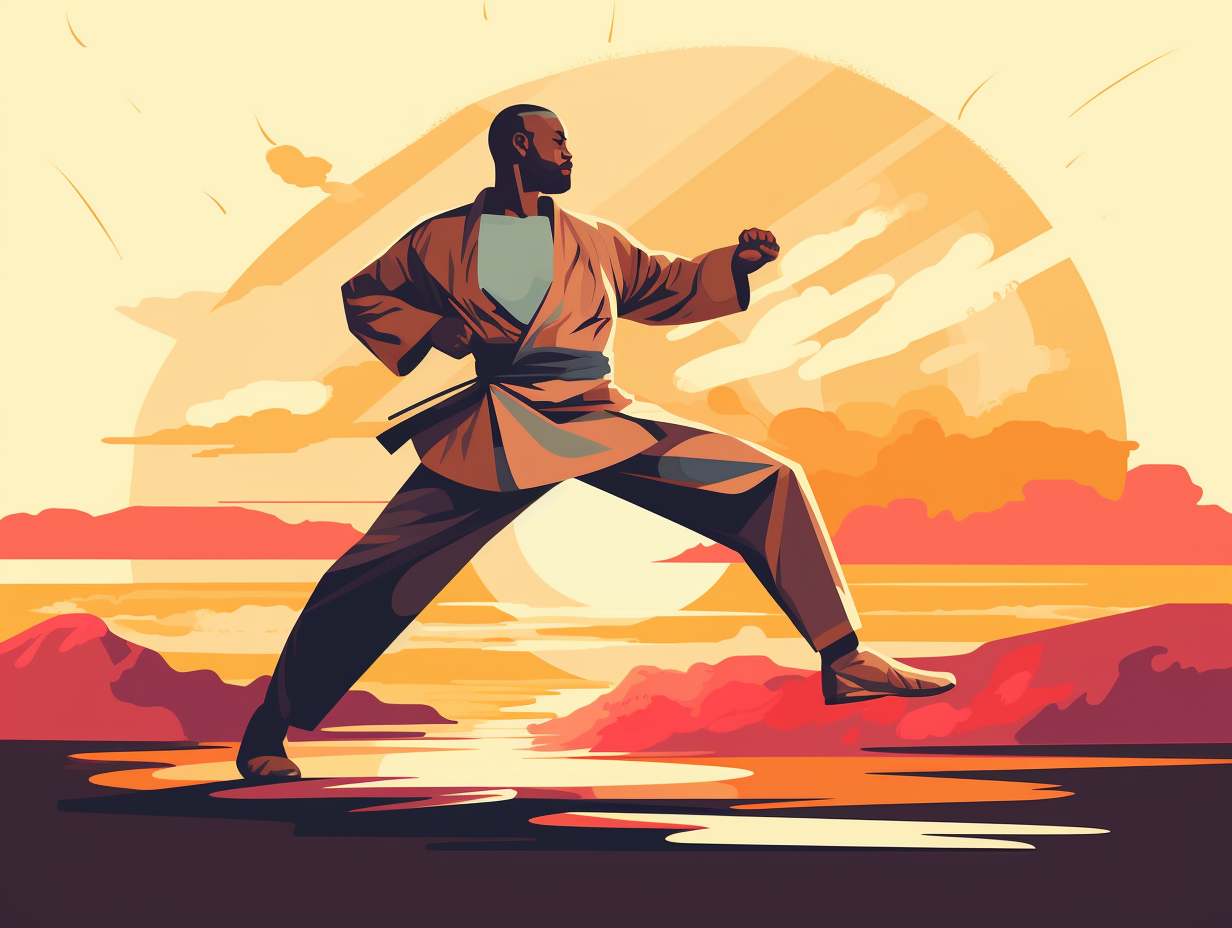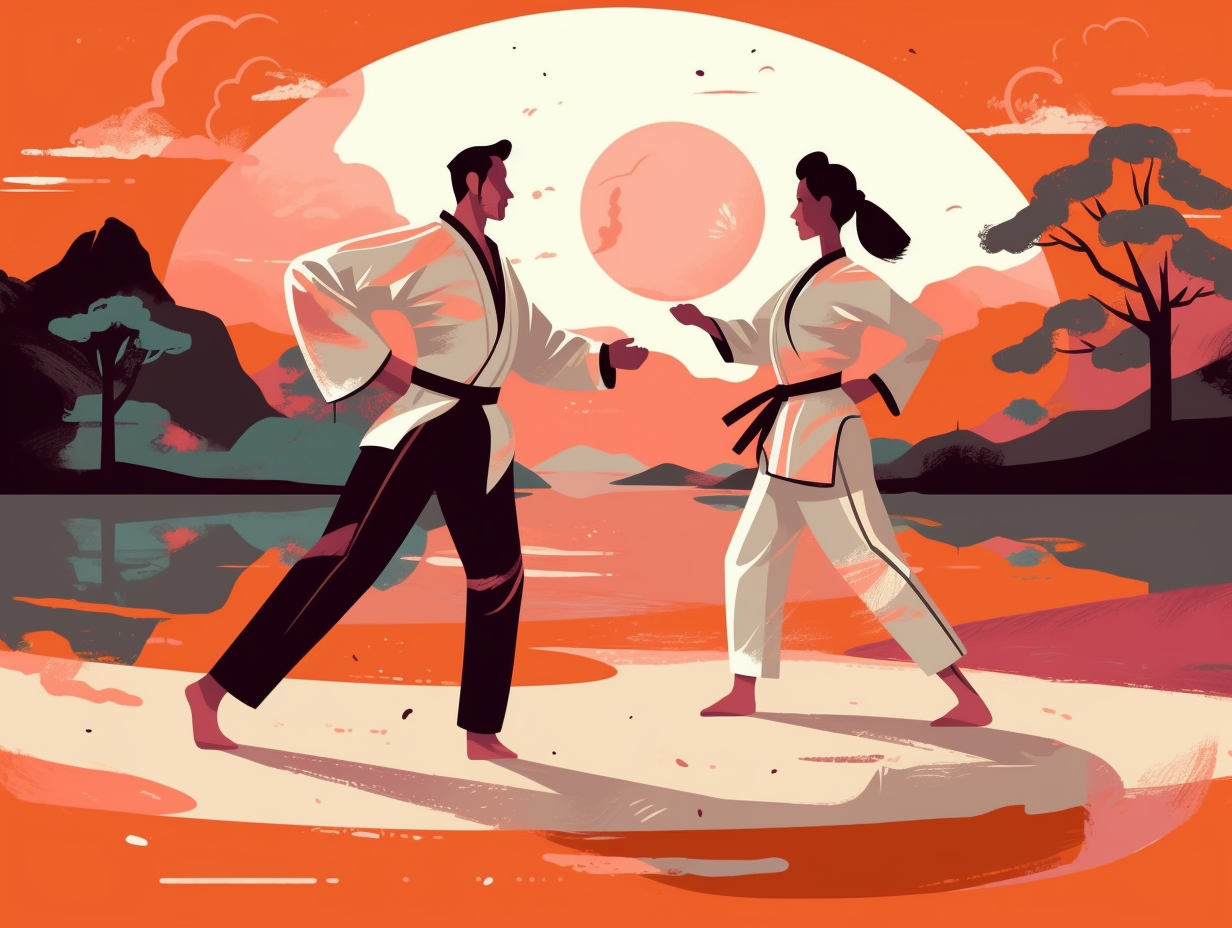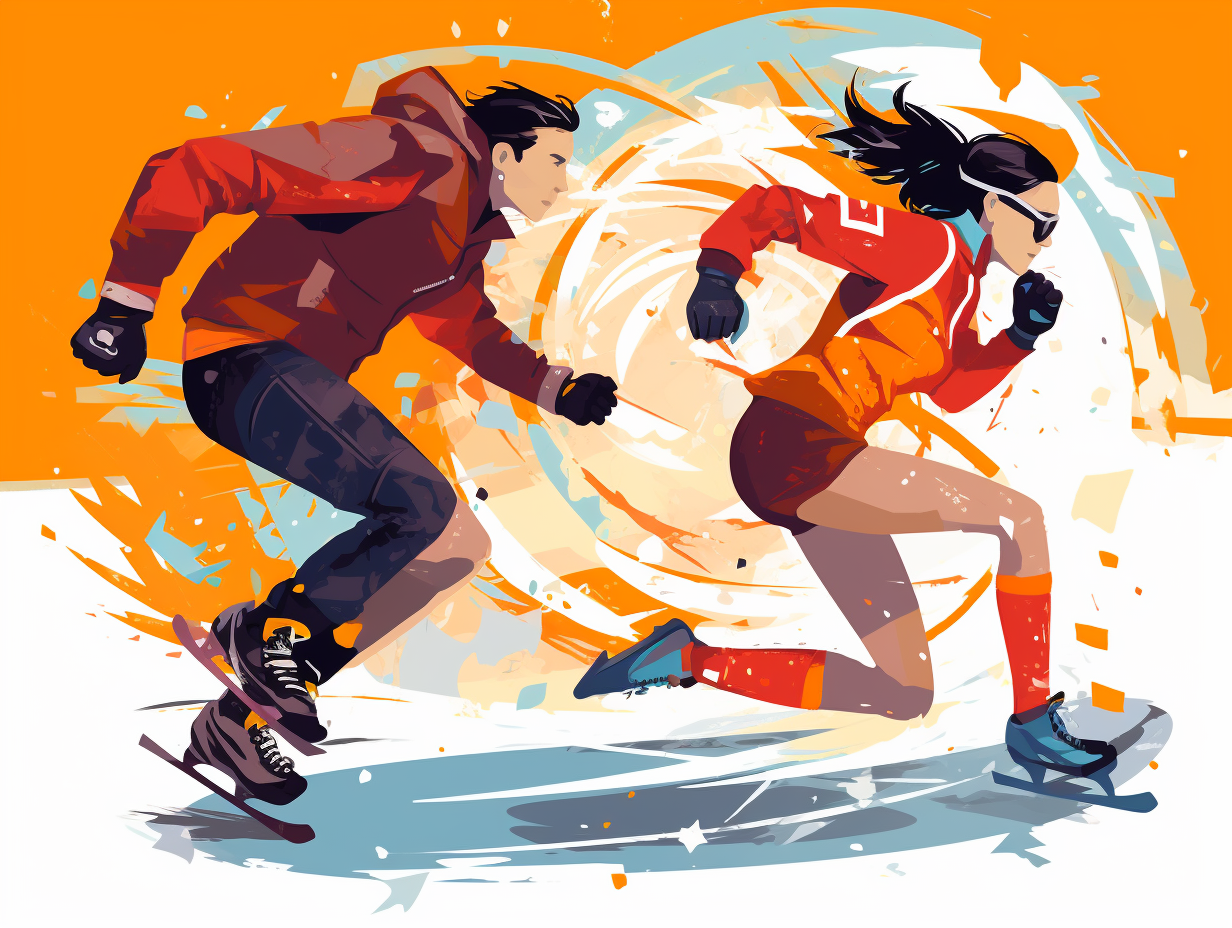Discover the World of Sumo: Top 11 Astonishing Fun Facts About This Ancient Sport
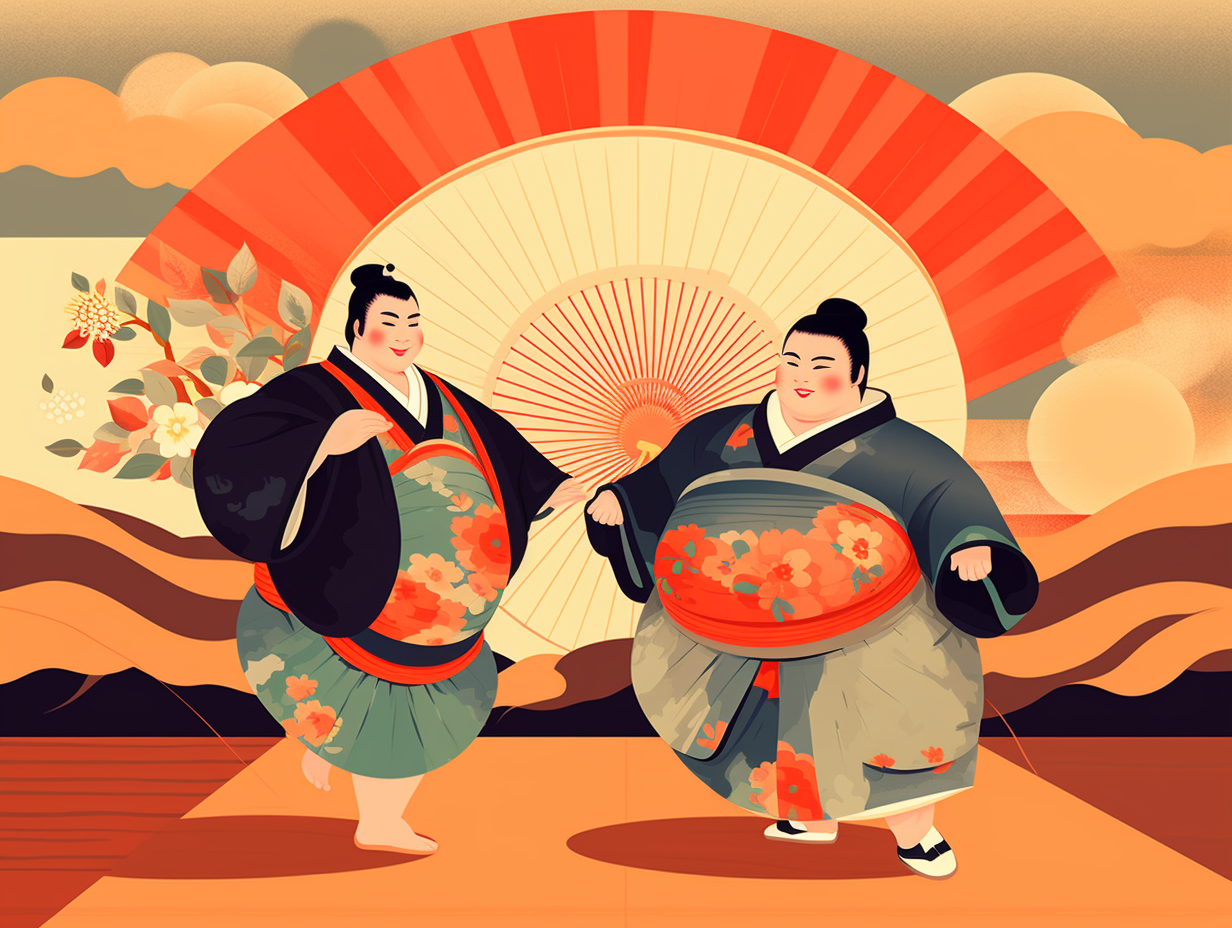
1. Chonmage: Samurai Hair Hack
Ever wondered where samurai stored their hair gel in the heat of battle? Well, they didn't need it, thanks to a fashionable topknot called chonmage: A traditional Japanese hairstyle originally designed to keep samurai helmets steady during combat, chonmage has now evolved into a status symbol still proudly sported by sumo wrestlers and kabuki actors today. With its importance rooted deeply in sumo culture, the chonmage is created by specialist hairdressers called tokoyama and ceremoniously snipped off during a wrestler's retirement.
Source => en.wikipedia.org
2. Crying Baby Fest: Bawl for Good Health
Forget monster baby tantrums: Japan's Naki Sumo Crying Baby Festival has sumo wrestlers encouraging little ones to bawl their eyes out. To ward off evil spirits and ensure healthy growth, this over 400-year-old tradition typically takes place around May 5, with babies aged 6 to 18 months being selected by lottery or application - and onlookers gleefully shouting "banzai raku" for a long life.
Source => en.wikipedia.org

Did you know that the 16th U.S. President Abraham Lincoln had an impressive wrestling career before becoming a legendary leader? Discover how he won most of his 300 bouts and became an "Outstanding American" in the sport! 🤼🎩💪
=> Fun Facts about Wrestling
3. Sumo Electric Slide: Secret Footwork
Just when you thought sumo wrestlers were doing the Electric Slide at family weddings, they're actually practicing a crucial lesson in their shuffling ways: In reality, this footwork technique is used for establishing proper posture and movement, while they also hone their skills in joint locks and throws, proving that sumo wrestling is much more than just brute force; it's an artful combination of strategy, skill, and impeccable timing.
Source => usasumo.com
4. The True Rock: Yokozuna Rank
Don't be misled by the Rock's electrifying wrestling moves: the highest rank in sumo wrestling is actually Yokozuna, an elite title bestowed upon athletes who showcase exceptional strength, technique, and dignity—complete with a respectful, ceremonial ring-entering performance, sans any eyebrow-raising antics.
Source => en.wikipedia.org
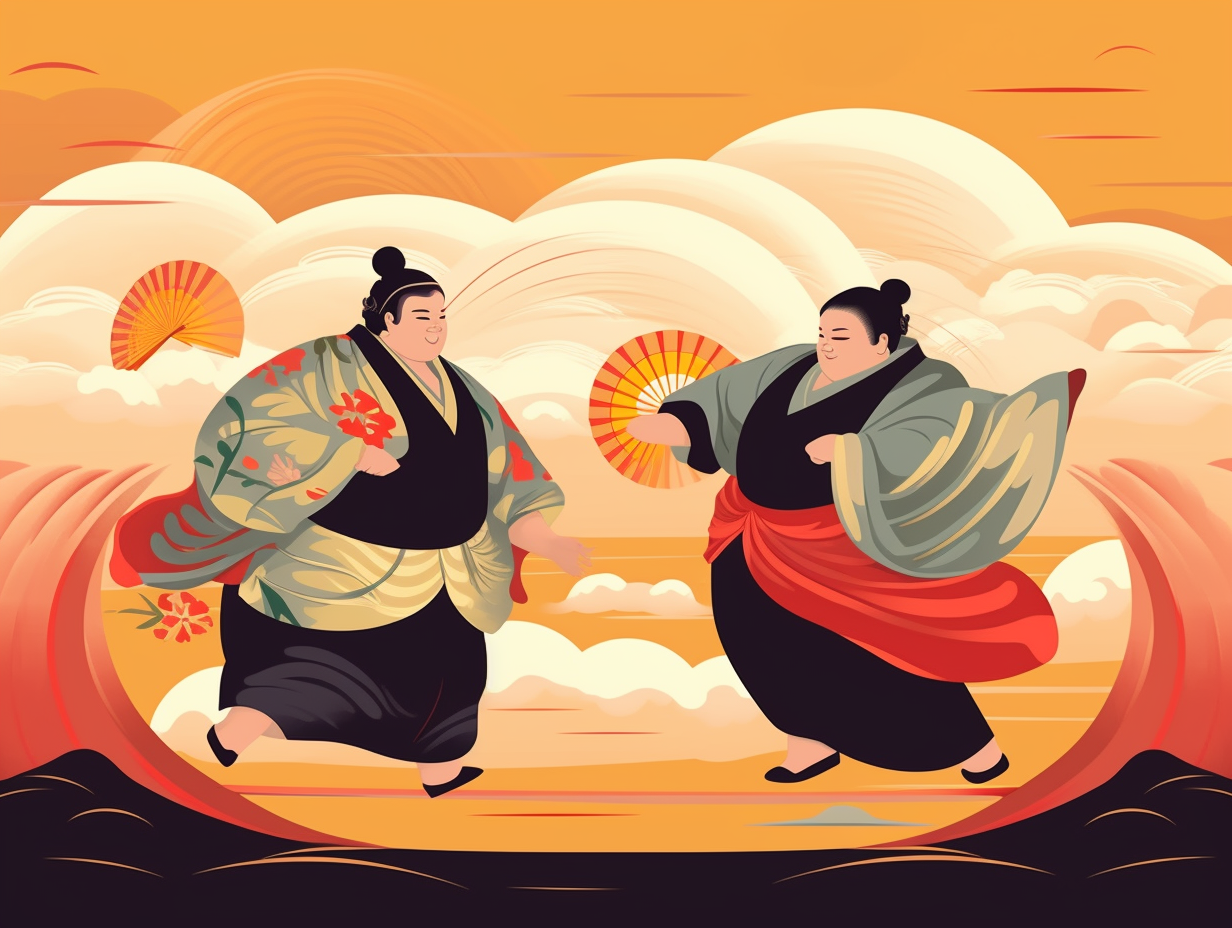
5. Referee Clap: Summoning the Gods
Fancy a divine game of Patty Cake? Sumo referees are way ahead of you! With an enthusiastic clap of their hands, they don't just get a match started, they welcome the gods to the party: In fact, these hand-clapping gyōjis are staying true to their Shinto origins – inviting divine attention while also flaunting their status through increasingly intricate kimonos as they climb the refereeing ladder.
Source => japantimes.co.jp
6. Shikona: Secret Identity Sumo Names
In the world of sumo wrestling, it's as much about the ring names as the hefty combatants in diapers waddling about: sumo wrestlers boast peculiar shikona or “ring names” that serve both as a draw for fans and a clever way of keeping their true identities a secret. Made up of a unique surname and first name, these shikona sometimes hint at the stable from which they hail - with monikers like "Tochi" for Kasugano Beya stable wrestlers, and "Koto" for those from Sadogatake Beya stable.
Source => japantimes.co.jp
7. Pre-Battle Salt: Spiritual Disinfectant
Who needs sanitizer when you're a sumo wrestler: These hefty athletes throw salt before a match to not only cast away evil spirits, but also to dry and disinfect their hands, a double whammy that showcases a blend of tradition and practicality deeply rooted in Japanese culture!
Source => yougojapan.com
8. Sumo Town: Tokyo's Hefty District
Whoever said "location is everything" must have been a sumo wrestler settling down in Tokyo: All 44 sumo stables exist in the Greater Tokyo Region, specifically the Ryogoku district. This mecca of mass turns the whole area into a sumo-saturated haven, earning its nickname as the "sumo town" of Tokyo. Planning a visit? You'll find tons of sumo-related delights to tickle both your cultural curiosity and your funny bone.
Source => en.wikipedia.org
9. Driving Ban: Sumo Safety First
If you thought sumo wrestlers were just highly skilled traffic hazards waiting to happen, think again: they're not allowed to drive cars or consume alcohol in order to keep their massive bods in peak condition and to minimize injuries, but hey, they can still enjoy a friendly night out at their local restaurant or bar.
Source => mai-ko.com
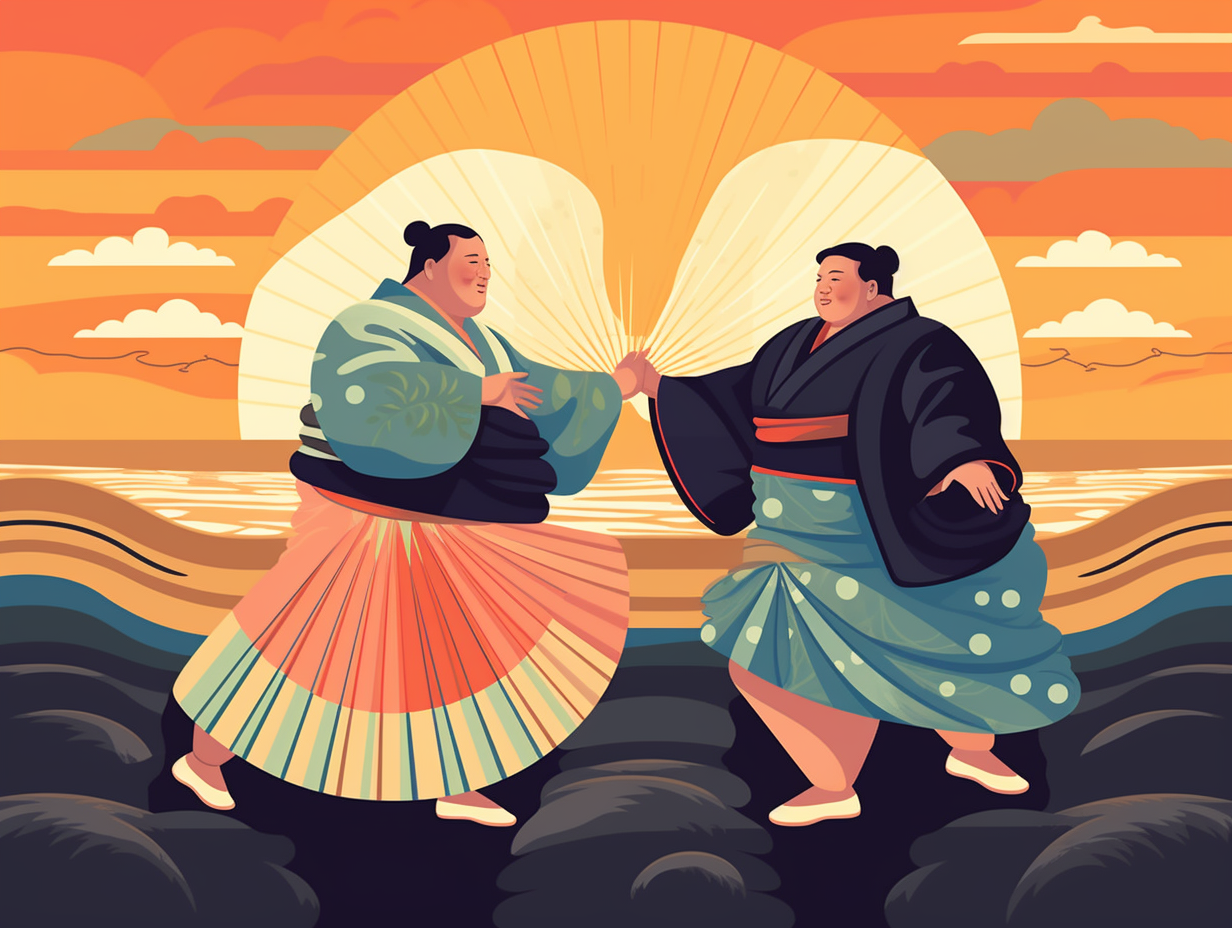
10. Mawashi: The 30ft Loincloth
When a sumo wrestler says they're seriously 'wrapped up' in their work, they aren't kidding: Their mawashi, or loincloth, is a whopping 30 feet long when unwrapped, made of silk for top-ranked professionals, and dons a series of stiffened silk fronds called sagari, varying from 13 to 25 in number and marking the only illegal grab area.
Source => en.wikipedia.org
11. Orora Satoshi: Heaviest Sumo Champ
Talk about throwing your weight around: Orora Satoshi, the heaviest sumo wrestler in history, tipped the scales at a colossal 648 pounds and stood tall at an imposing 6 feet 3 inches. In the world of sumo wrestling, his size certainly wasn't just for show, as he brought home numerous championships and prestigious prizes in lower divisions throughout his career, proving that experience, along with impressive mass, can lead one to great heights in the sport.
Source => thesporting.blog
Related Fun Facts

